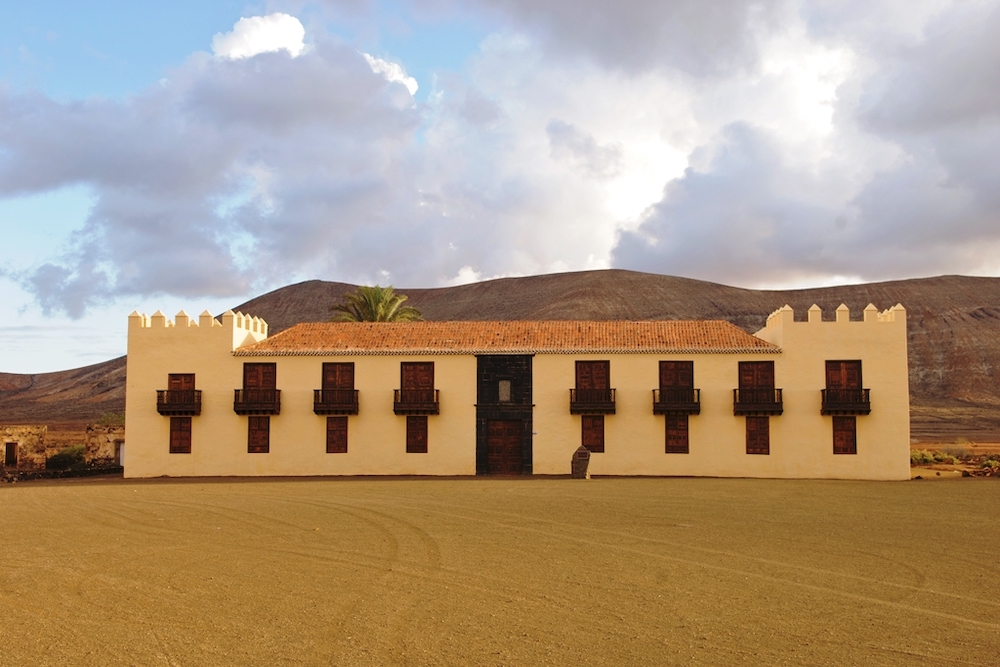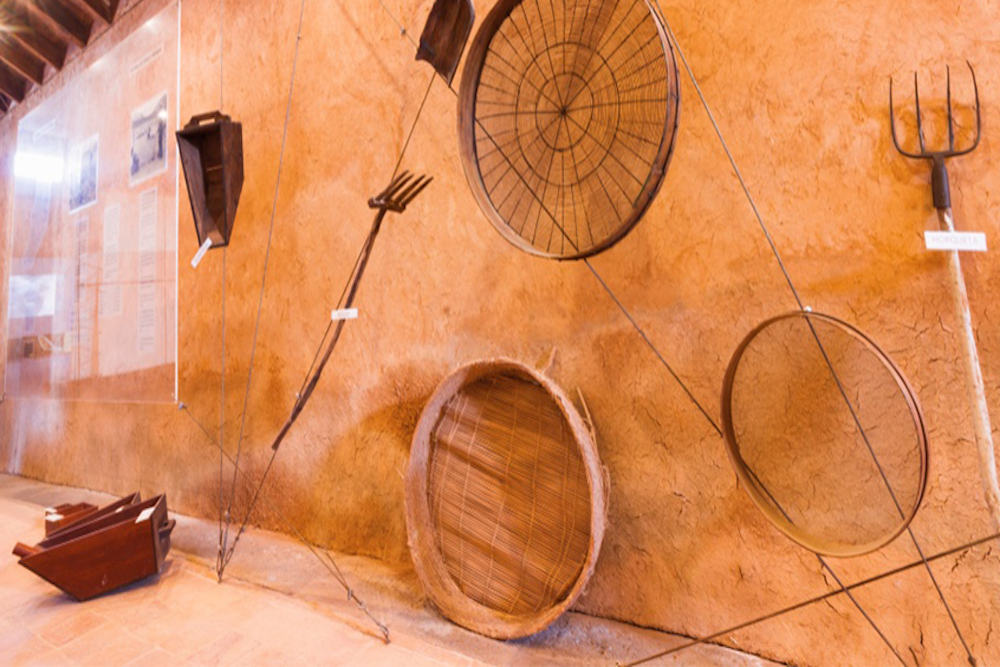
Fantastic beaches to stay healthy and enjoy a nice dip in the summertime, delicious cuisine… Is there anything else to do in Fuerteventura? Of course! There are a thousand things you can do on the island.
One of them will be very good news to lovers of history and culture: the museums. There are more than a dozen museums scattered across the entire island. If you’re only going to be here for a short time and won’t be able to visit them all, here are the 5 best museums in Fuerteventura so that you can plan your trip out before you arrive.
La Casa de los Coroneles
What’s the first place you should visit in Fuerteventura? We always recommend the Casa de los Coroneles, which is located in the town of La Oliva. It’s easy to find, with plenty of signs and directions posted on the highway.
The house is set on a beautiful plain surrounded by a few mountains, like Tindaya Mountain, where you can go trail hiking. What’s so special about this place? Well firstly, this is the oldest residence that has been conserved in the Canary Islands, with a history that dates back to the 18th century.
Lovingly restored by fantastic restoration experts, its walls are filled with the island’s history. You can visit the museum with a guide or on your own. It’s a lovely place to go with your significant other.
Museo del Queso Majorero
Did you know that queso majorero cheese is one of the island’s most important delicacies? What’s more, it has an entire museum dedicated exclusively to it. An enormous museum that will surprise you with a gorgeous entryway filled with gardens and all sorts of plants, perfect to visit in the summer to see them in bloom.
A unique place, with a building with decades of history and rooms where you can learn about different things, like the island’s native flora and fauna, the history of majorero cheese, the role it has played in the history of the island, etc. And most importantly: the different types of majorera goats. You can also access a little shop that is a simulation of an old general store, with mockup cheeses that will make your mouth water.
Centro de Interpretación Los Molinos
It’s a beautiful day outside, and you’re wanting to do something else after leaving the Queso Majorero museum? Just 10 km away, you can find the Los Molinos cultural center. Even from the highway, you will see some beautiful windmills or molinos with reddish roofs that contrast perfectly with the white walls.
What’s the museum like? It consists of a perfectly conserved windmill and a surrounding courtyard where you’ll find different rooms. Inside them, there are various old windmill parts. Apart from that, you can visit the inside of the windmill to see the gears. If you’re lucky enough to have a guided tour, they will explain what the function of each piece was, and your imagination will do the rest.
Museo del Grano La Cilla
Have you ever wondered how it was possible for the locals to survive on islands that are so far away from the two nearest continents? If you want the answer, you’ll have to go to the Grano La Cilla museum, located in La Oliva, very close to the Carretera General de Lajares highway.
Here, you can learn about the importance of grains in the life of the islanders over the course of history. Plus, you will see how they worked the fields, how they cared for their crops… It is a nice place to visit with children and soak up some of the local culture.
Casa Museo Miguel Unamuno
Are you a big fan of the works of Miguel Unamuno? Well, you’ll be happy to know that this island, in the town of Puerto del Rosario (the island’s capital), is home to the house where the writer lived when he was in the Canary Islands.
This house is a beautiful 19th-century building, which used to be known as Puerto de Cabras (as you know, cabras or goats have a very important role in local history). What can you expect when you visit? You’ll find various items that were regularly used by Unamuno, as well as photographs and manuscripts written in the author’s own hand. Furthermore, these writings will clearly illustrate the close relationship the author had with the island.


